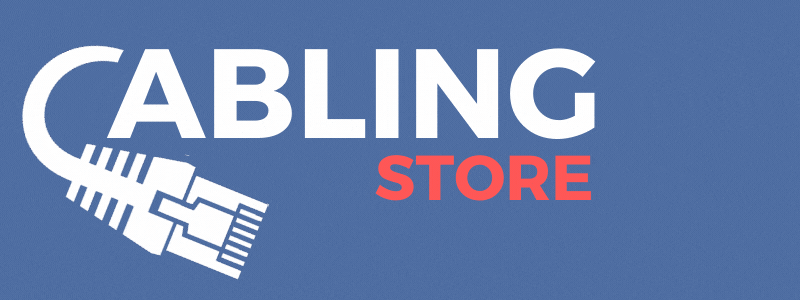How to choose the right patch cable category?
- Admin
- Jan 13, 2023
- 2 min read
When choosing the category of cables for RJ45 connections, there are several factors to consider:
Network Speed: The first thing to consider is the desired network speed. Cat6a and Cat6 are suitable for 10 GbE networks, while Cat5e is suitable for 1 GbE networks.
Distance: The distance that the cable will need to run is also an important factor. Cat6a and Cat6 cables are designed to support longer cable runs than Cat5e.
Environmental Factors: The environment where the cables will be used is also an important consideration. Cat6a and Cat6 are more resistant to interference and crosstalk than Cat5e, making them a better choice for high-noise environments such as data centers and other professional environments.
Budget: The cost of the cable should also be considered. Cat6a is the most expensive among the three, Cat6 and Cat5e are less expensive options.
Future Upgrade: If you are planning to upgrade your network in the future, it may be wise to choose a higher category of cable so that it will be able to support the faster speeds and bandwidths of newer technologies.
Professional Installation: It's important to note that the category of cable you choose will only perform as well as the installation. Professional installation is recommended to ensure that the cable is installed correctly and that it will perform to its full potential.
In summary, the choice of the category of cables for RJ45 connections depends on the desired network speed, the distance the cable will need to run, the environmental factors, the budget and the future upgrade plan.
Technical differences between cat6a, cat6 and cat5e
The main differences between Cat6a, Cat6, and Cat5e cabling are their bandwidth and performance capabilities.
Cat6a: Cat6a is the most advanced and latest version of the Cat6 cabling standard, it provides the highest bandwidth and performance, with a maximum frequency of 500 MHz and a maximum data transfer rate of 10 GbE. It also has improved resistance to crosstalk and other types of interference, making it a good choice for high-performance networks in data centers and other professional environments.
Cat6: Cat6 cables have a maximum frequency of 250 MHz and a maximum data transfer rate of 10 GbE. It also provides improved performance and resistance to crosstalk compared to Cat5e, but not as much as Cat6a.
Cat5e: Cat5e cables have a maximum frequency of 100 MHz and a maximum data transfer rate of 1 GbE. It is generally considered to be the standard for Ethernet networks, and it is suitable for most home and small business networks.
In summary, Cat6a is the latest and more advanced version, it provides the highest bandwidth and performance, while Cat6 is the next level of performance and Cat5e is the most basic one.

Comments